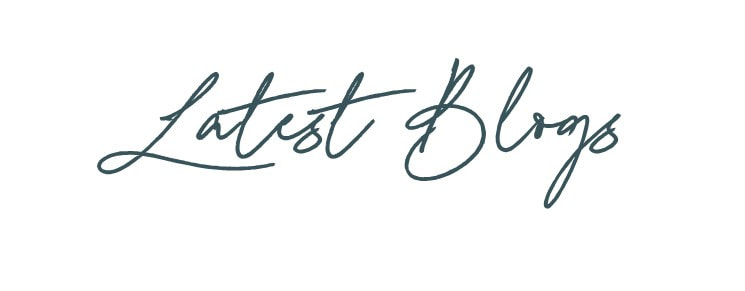|
Reality Therapy (read more about Reality Therapy HERE, HERE, and HERE) is a theory that pulls together the complexities of being a human being into a comprehensive therapy model.
I loooove Cognitive Behavioral Therapy and truly believe our thoughts impact our feelings and choices AND Reality Therapy adds more complexity by focusing on the things we have the most control over (which are feelings and choices) and how we want the world to be vs. how it actually is. The Reality Therapy model also adds in an extra dimension that our basic needs (read more about that HERE) drive all human behavior. When we think about our 5 basic needs (survival, love and belonging, power, freedom, and fun) as powering our thinking and feeling we have extra rich information to use when we are working to support young people in living life as the best version of themselves. Depending on what need they were attempting to meet may mean a completely different set of cognitions as well as desired behaviors. Wondering what I mean by this? Let’s take a dive in with a case example (totally made up - no HIPAA violation here!) Let’s consider the case of Oliver, a 10 year old boy who is failing math. He doesn’t have any learning disabilities or trauma that would impact his grades. Oliver was able to achieve high grades in his 4th grade math - he was actually at the top of his class! Now his parents are coming to you because they are concerned about his anxiety and drop in grades. If we are looking at this case on the surface one might immediately think about study skills, time management, behavioral programs, or how to assess and shift self talk around homework. That might be fair, however if we don’t consider what needs are at play we are missing a bigger piece of the puzzle. Now, what if we know that Oliver’s group of friends also struggles in math? Maybe they were teasing him and calling him the “teacher’s pet” when he got high grades. Maybe he is trying to meet his needs of love and belonging by trying to fit in, fly under the radar, and not get teased. Ok - but what if we learn that Oliver has just discovered a new video game and has been consumed by it to the point that he puts his homework off and tells his parents that he didn’t have any homework (even when he did) to play this new game? Could he be attempting to meet his need for fun in a way that is getting in the way of his education? What if another peer in the class, Samantha, was the new “all star student” in math? Maybe all the other kids were looking up to her as the “smart kid” and now Oliver is giving up trying. Could it be that he once was able to meet his needs of being powerful and an expert in math, but now he was struggling to compete and feeling hopeless? OR could it be that Oliver has such a busy schedule? Maybe he is going to hockey practice every night, and some mornings too. He feels so overwhelmed and “just wants to be a kid”. He just wants to meet his needs for freedom in his restricted schedule, so he is deciding not to do his homework to get some of his freedom needs back. If we look at all behaviors from the lens of what need they are attempting to meet (helpful or unhelpful) we can then begin to uncover the complex layers and the driving force of behavior. Each of these scenarios above can lead us down a different path of intervention, thinking patterns, feelings, and choices. I would encourage you to add this lens of looking at and assessing The 5 Needs in your practice with children! Check out this blog and free handout to get you started on helping children uncover what’s underneath the behavior and help support them in meeting needs! Drop a comment below to let me know if you are using the 5 needs in your practice with children and adolescents OR if it’s something you are going to start! Looking for a deeper dive into Reality Play Therapy complete with tons of interventions and downloadable workbook? Check out this training HERE!
0 Comments
Leave a Reply. |
Hi, there!I'm Ann Meehan, an LPCC, Loading... Archives
July 2024
Categories
All
|
Privacy Policies | Terms of Use | Disclaimer
Contact
[email protected] | Copyright Meehan Mental Health Services 2022
Contact
[email protected] | Copyright Meehan Mental Health Services 2022





